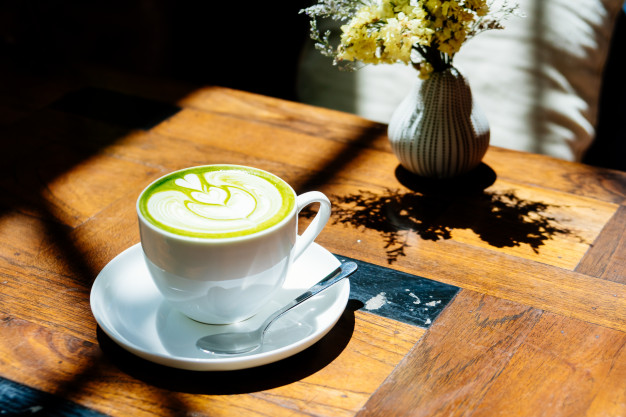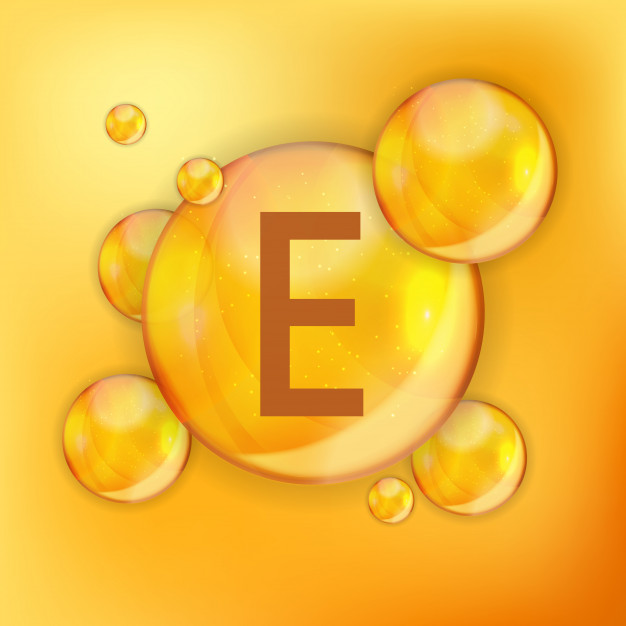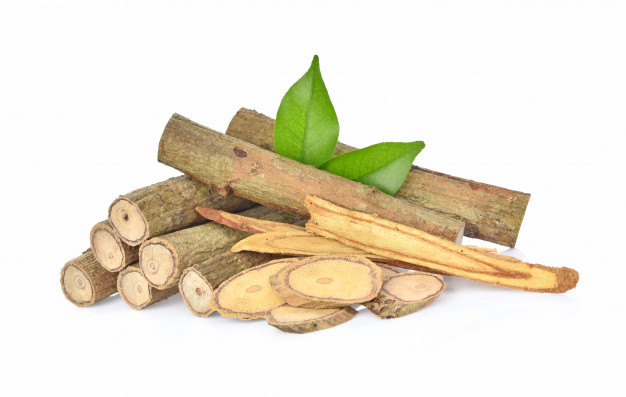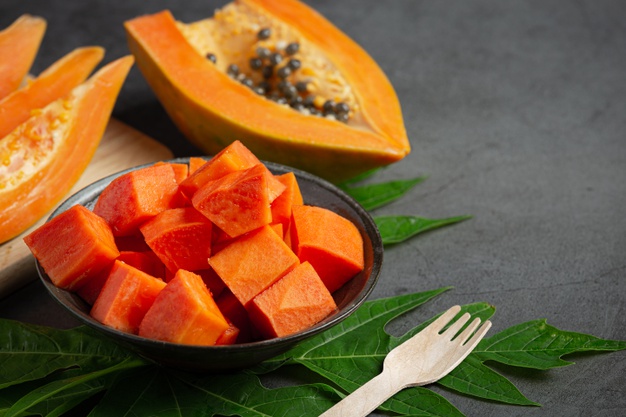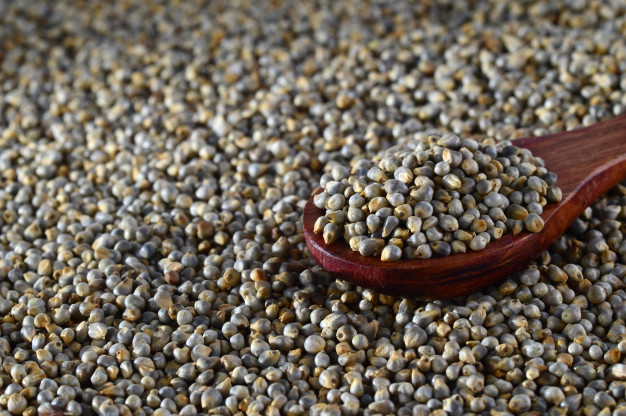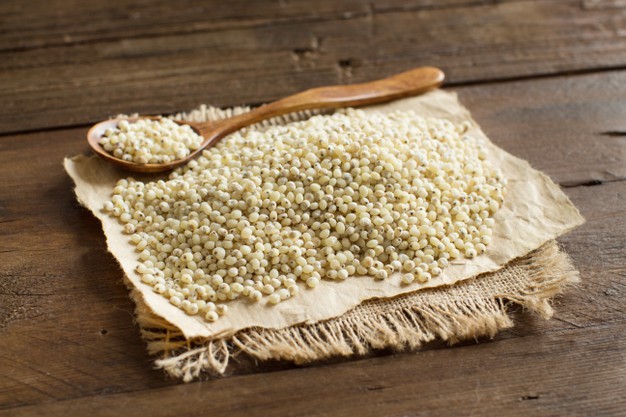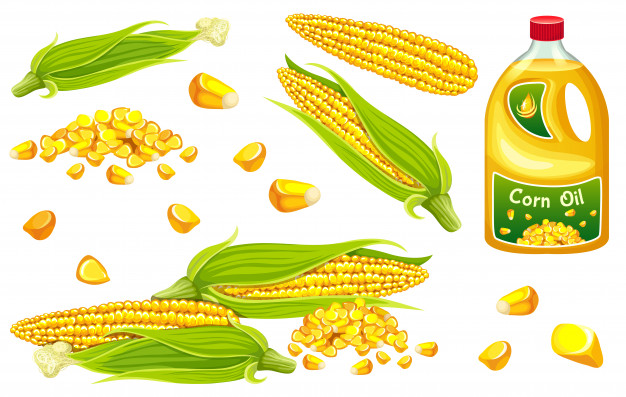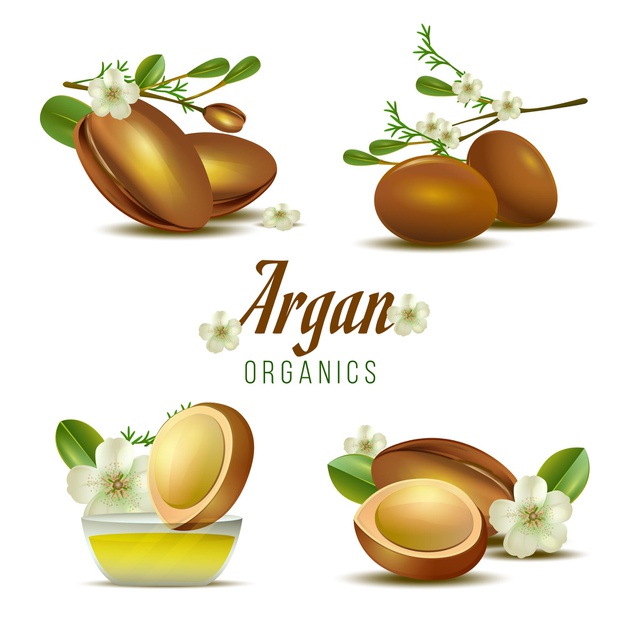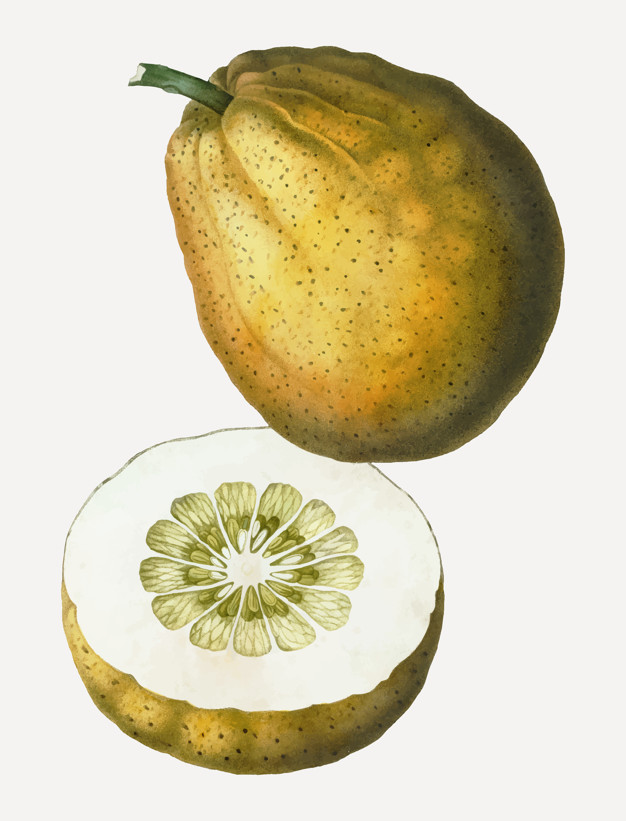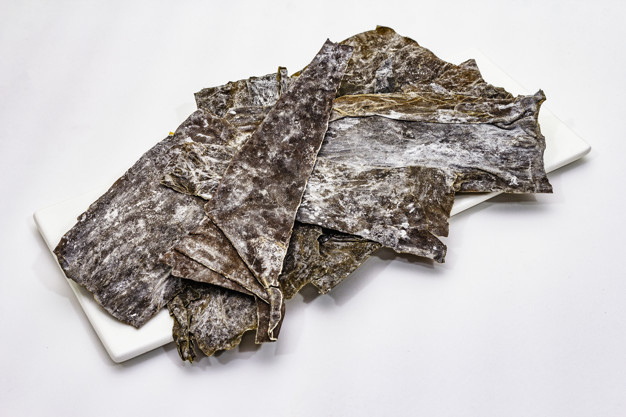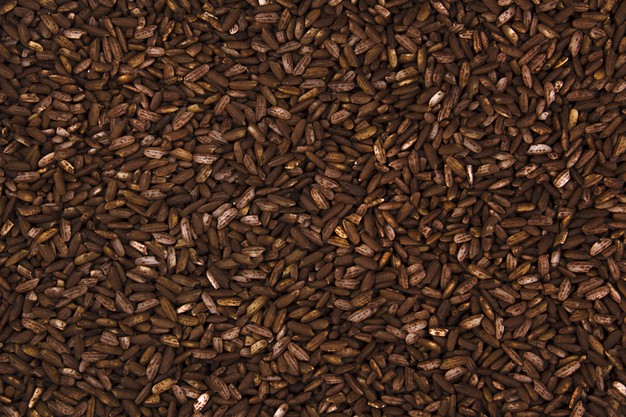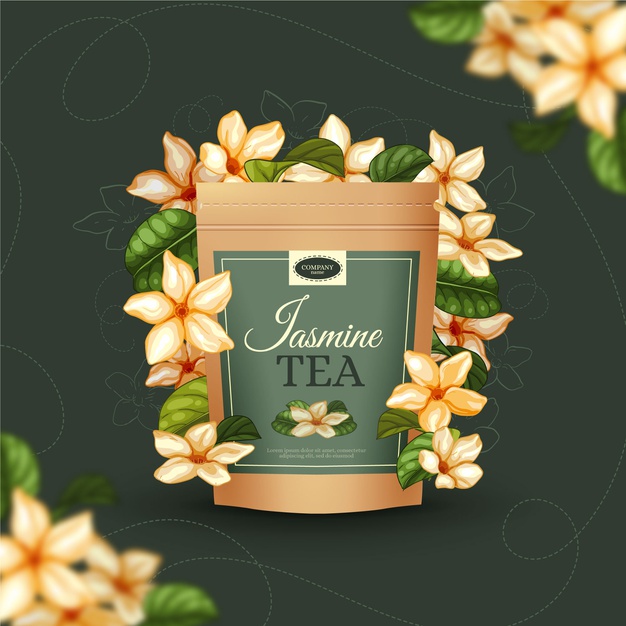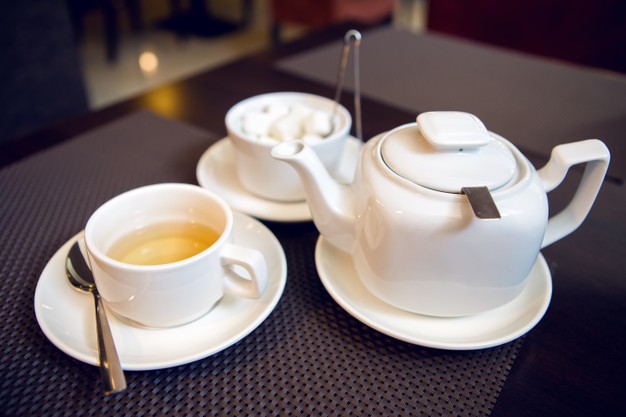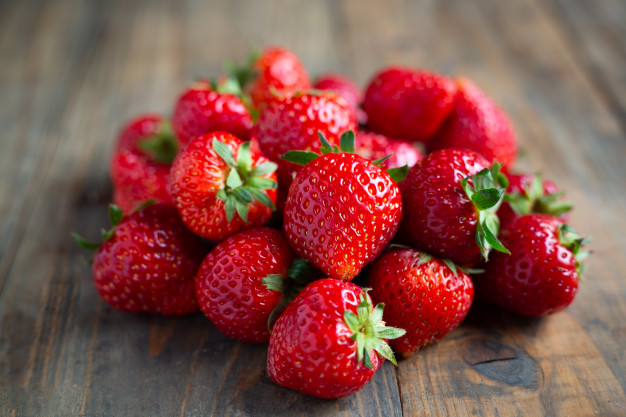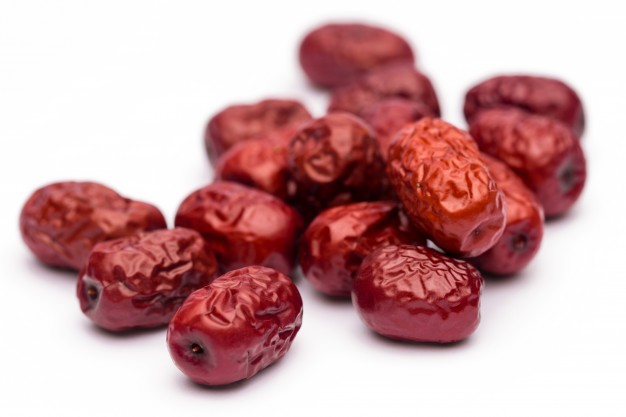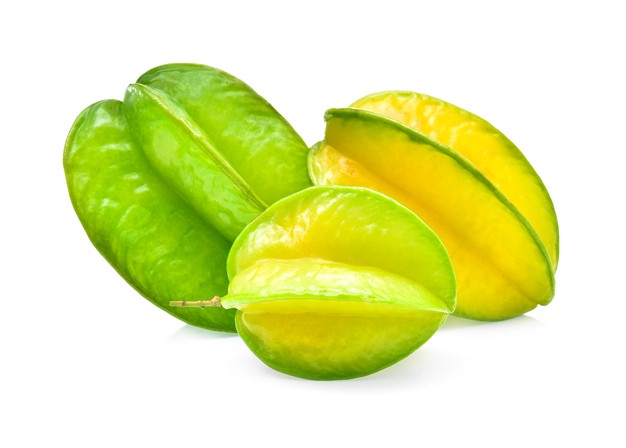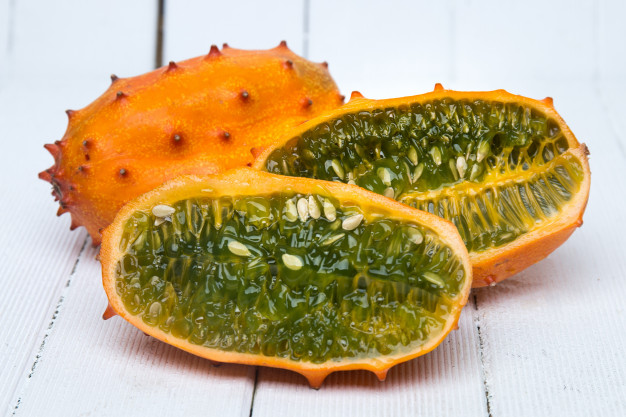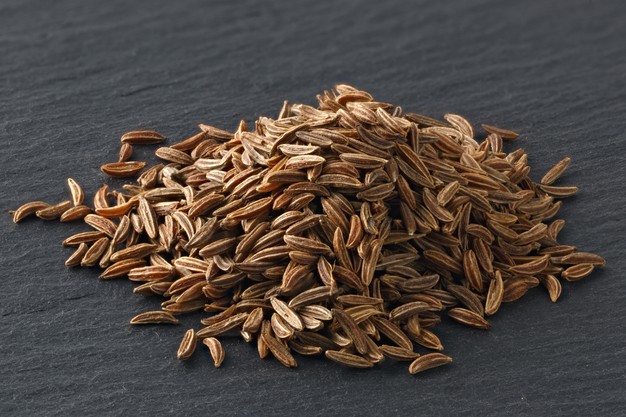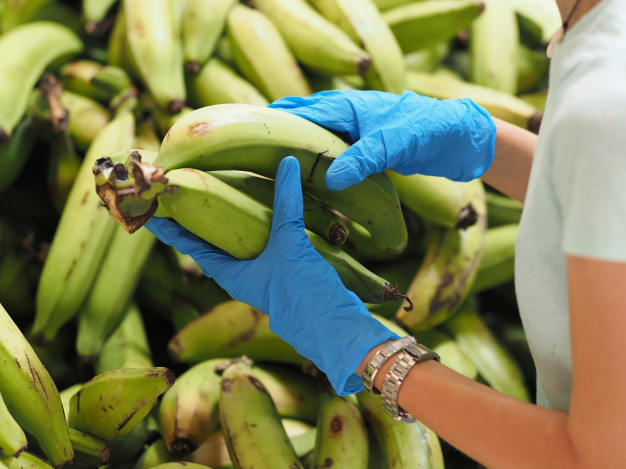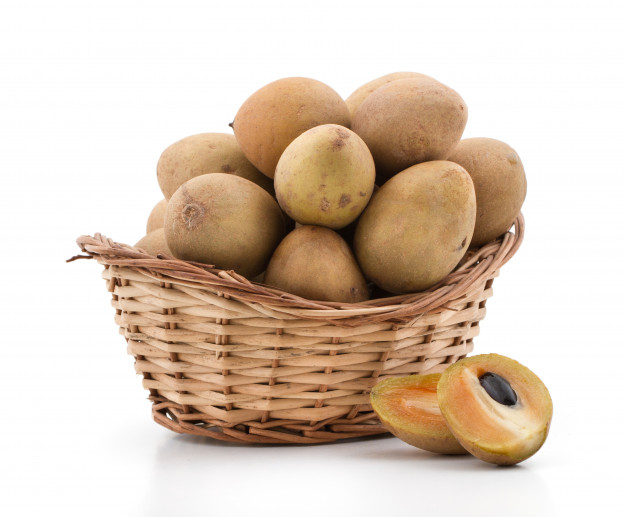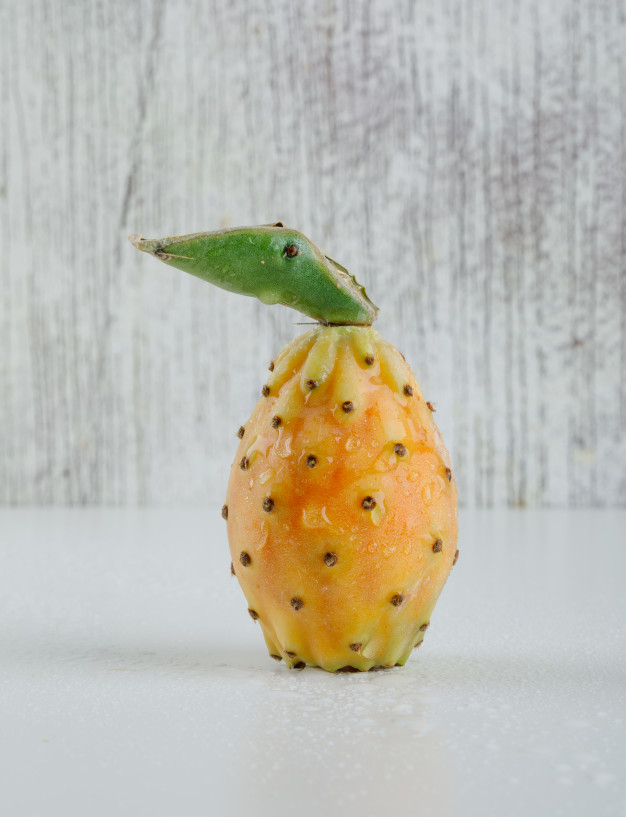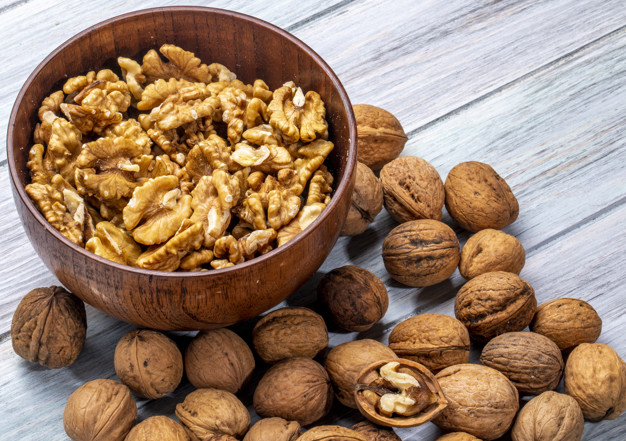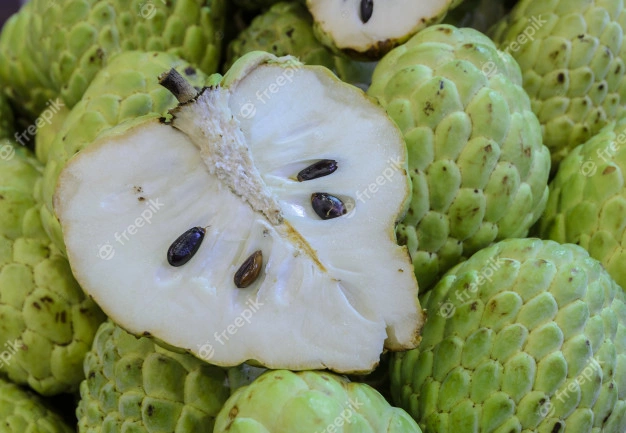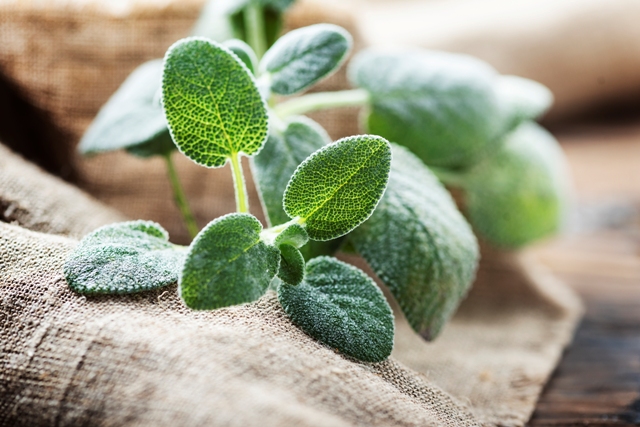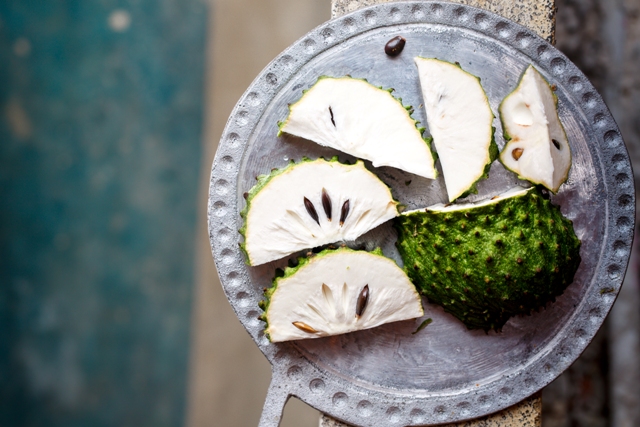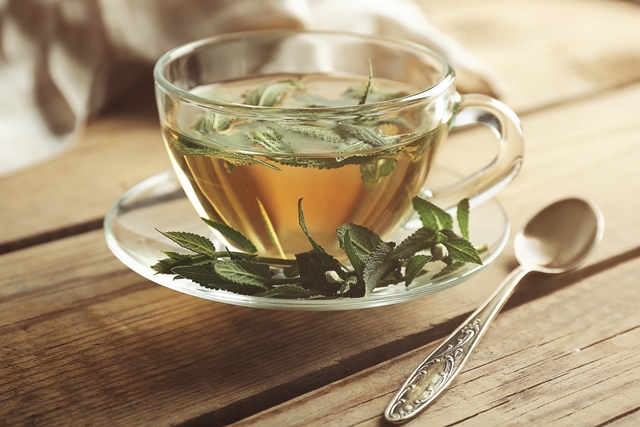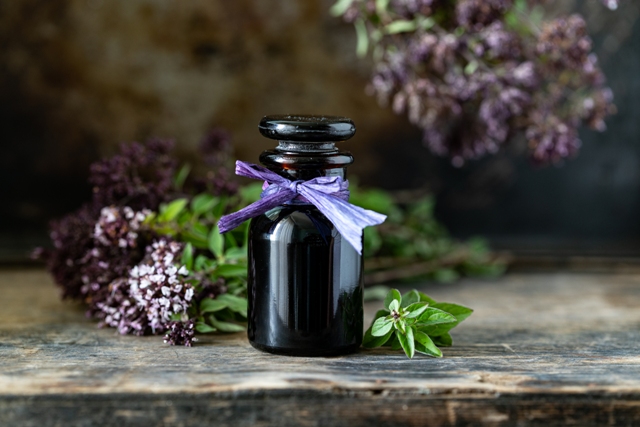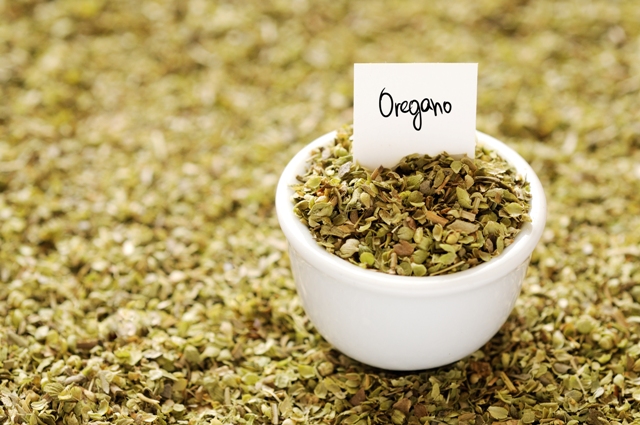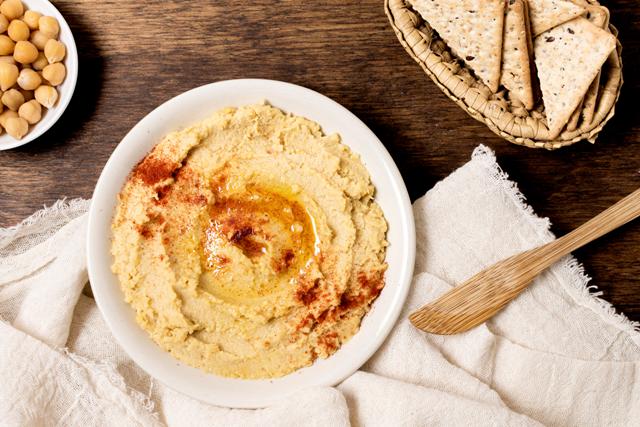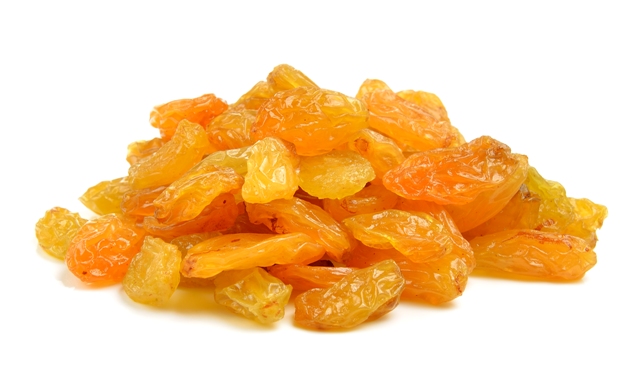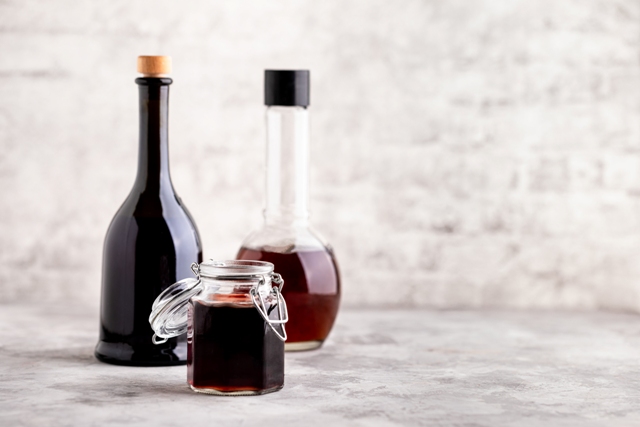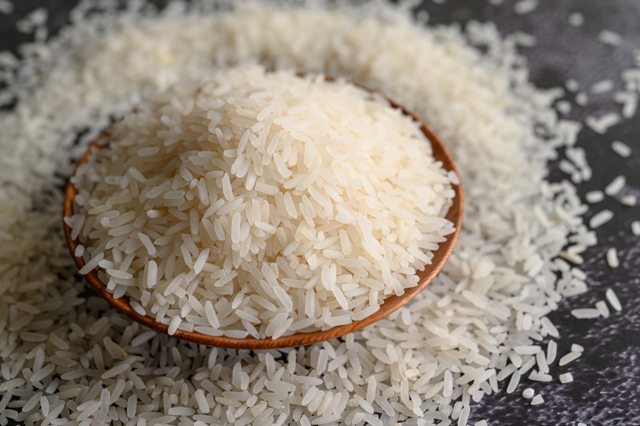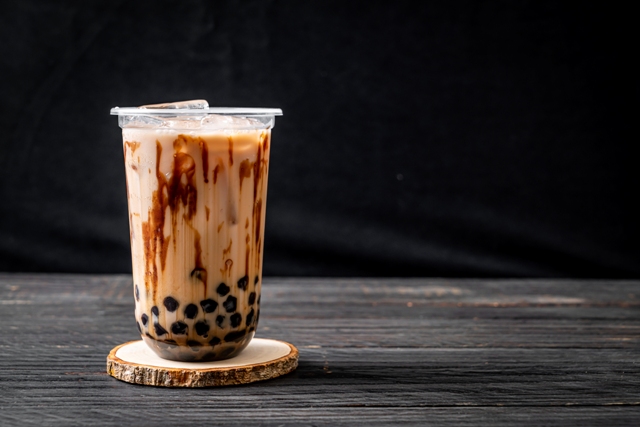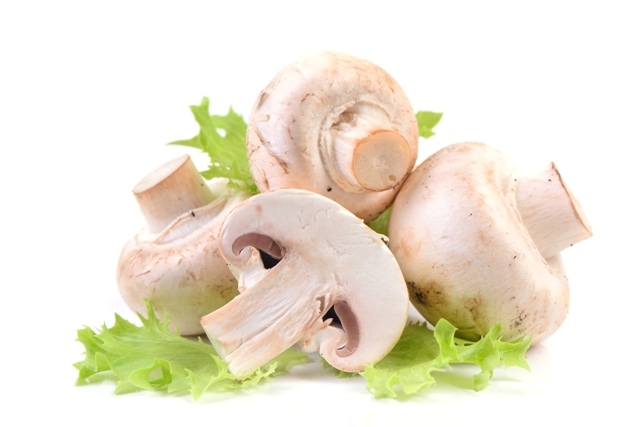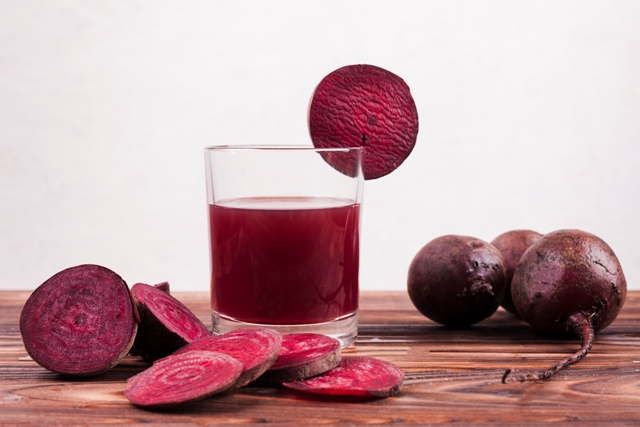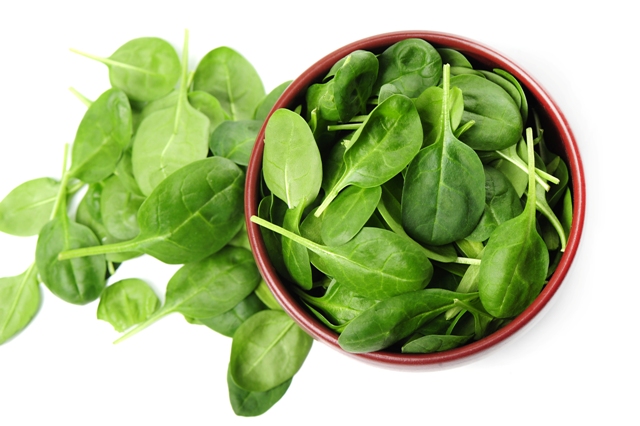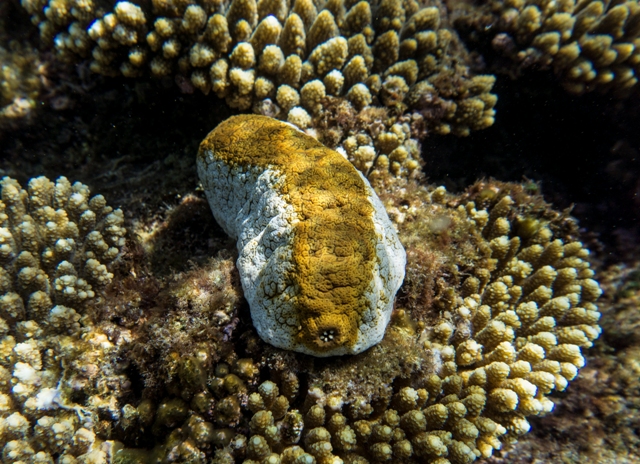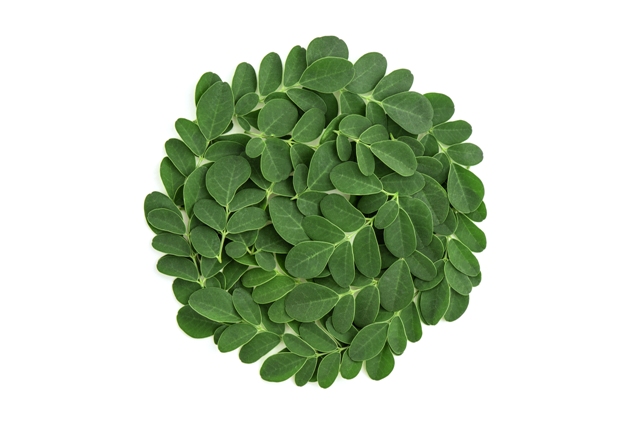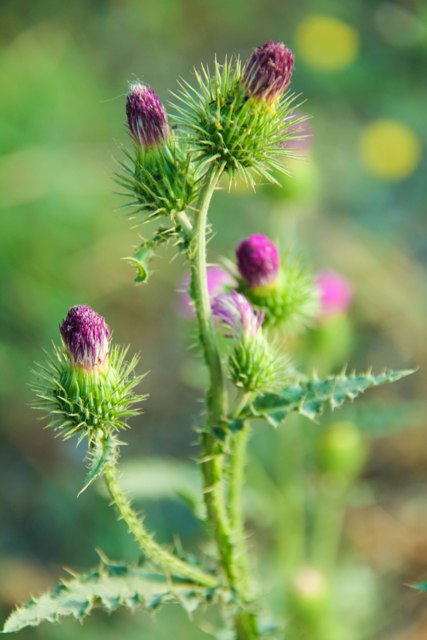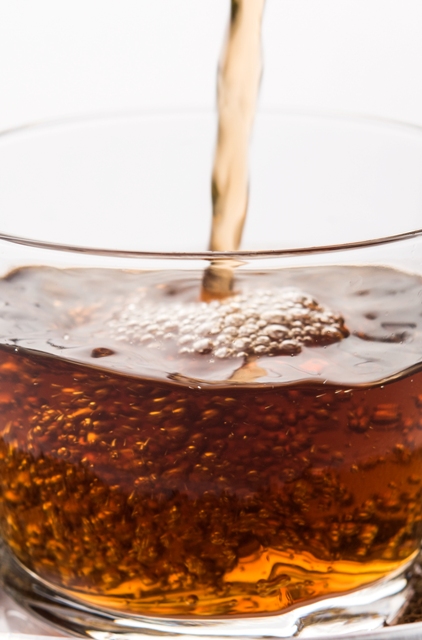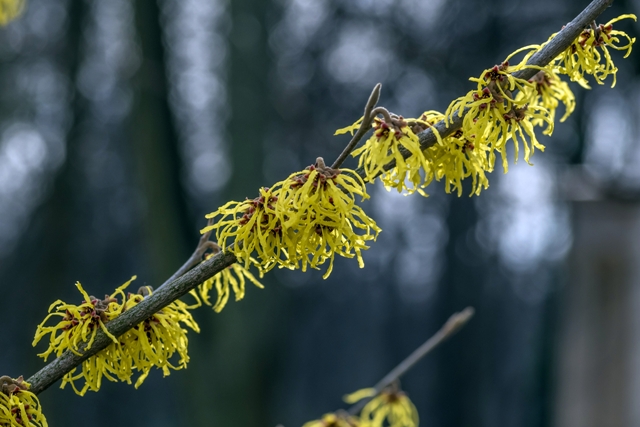Matcha tea, antioxidant activity, polyphenolic components and numerous therapeutic advantages
Description : Matcha tea is derived from Camellia Sinensis plant. It is considered as a part of green tea but it
Article Details :
Matcha tea is derived from Camellia Sinensis plant. It is considered as a part of green tea but it is very unique in its nature and offers numerous health benefits.
General information regarding matcha tea
- Basically matcha is a part of green tea family
- It is green in colour
- It is mainly prepared by ground up tea leaves thus its consumption is thought to providing more leave’s nutrients in concentrated form
- Matcha grows differently than green teas. It has seen that about two weeks before harvesting farmers are used to build structures around the plants for shading them, which helps to make the leaves comparatively sweeter, brighter and softer. This shading is also associated with increasing chlorophyll level that helps to darken the leaves and also enhances the production of amino acids
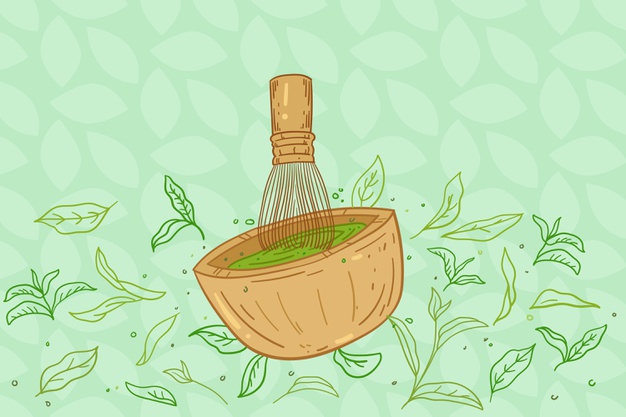
Matcha tea Vs green tea
Matcha as well as green tea both are obtained from same plant but they are not the same thing, they differ in various ways like –
- Green tea leaves are came in the form of tea bag whereas matcha came in powdered form
- Matcha contains comparatively higher amount of antioxidant (especially catechins, EGCG, flavonoids, polyphenolic compounds etc) than green tea
- L-theanine is a rare amino acid present adequately in matcha tea that plays imperative role in boosting up the functionality of nervous system as well as mental health
- Matcha is also relatively sweeter and creamier than green tea
Biological property
Antioxidant activity
- Its polyphenol components, flavonoid component and Vitamin C components are responsible for exerting antioxidant activities, which are accountable for decreasing oxidative stress in body
- It helps to protect the body from free radical induced oxidative damages thus helps to lessen the risk of developing chronic diseases
Anti-carcinogenic activity
- Matcha contains various components, which exert anti-carcinogenic property thus consumption of matcha is directly linked with decreasing the prevalence of carcinoma
- Its antioxidant activity also helps to protect the body from the harmful effect of carcinogens
- It has seen that epigallocatechin-3-gallate or EGCG found in matcha shows strong anti-carcinogenic activity too and significantly decreases the growth of tumor cells as well as cancerous cells in body
- EGCG is very effective to destroy prostate cancer cells. It also helps to decrease the prevalence of lung cancer, liver cancer and skin cancer
Antimicrobial activity
- Epigallocatechin gallate is an important antioxidant present in matcha that exerts strong antimicrobial activity
- It has seen that epigallocatechin gallate binds with disease causing microbial cells and inhibits their growth thus its consumption is very effective for decreasing the prevalence of infectious diseases caused by virus or bacteria or fungus
Anti-inflammatory activity
- Polyphenolic components of matcha play imperative role in decreasing the concentration of inflammatory mediators in body thus helps to prevent inflammation
- It has seen that consumption of matcha is associated with slowing down cartilage breakdown, which ultimately improves the symptoms of arthritis
- It also helps to prevent joint swelling
- It helps to provide quick relief from pain as well
Detoxification activity
- It has potent detoxifying activity and helps to stimulate the elimination of toxins as well as heavy metals from body
- Its chlorophyll content makes it an imperative detoxifying agent
Health benefits
Role on immunity
- It helps to improve immunological responses of the body
- As mentioned above its epigallocatechin gallate component is responsible for hindering microbial growth thus it helps to protect the body from microbial infestation as a result it decreases the prevalence of communicable diseases
- It also boosts the resistance power of body
Role on oral health
- Its fluoride component is responsible for improving tooth health
- It has seen that consumption of matcha tea is also related with keeping the teeth in good shape
- It helps to prevent oral infections by preventing microbial infestation in oral cavity
- It helps to prevent bad mouth odous as well. It has seen that microbes especially bacteria are responsible for breaking down sulfur containing amino acid within mouth and produces sulfur compounds, which are responsible for producing bad odour. Antimicrobial property of matcha helps to reduce the number of microbes as well as the concentration of sulfur compounds in mouth thus significantly decreases bad odour
Read more

